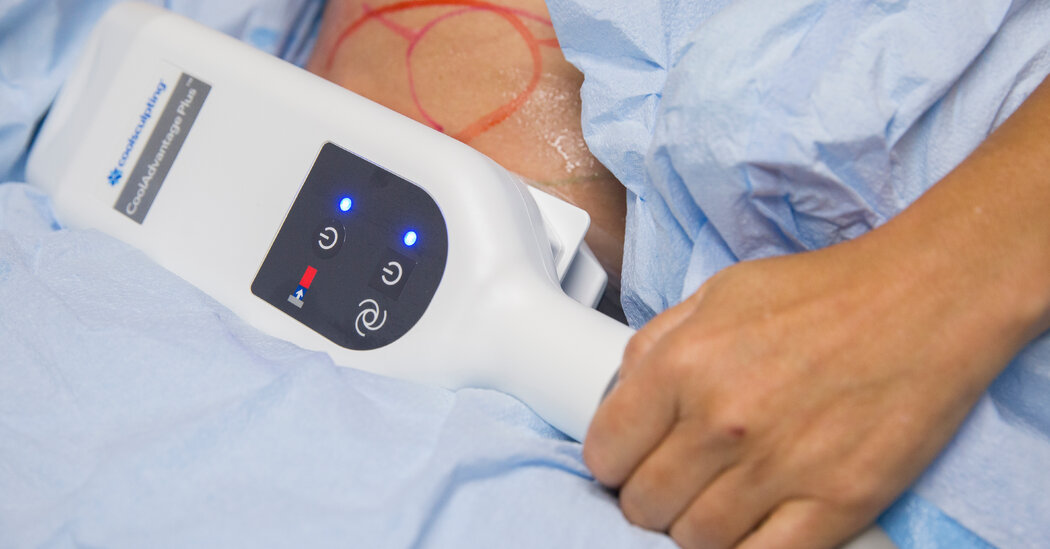In an interview, Dr. Avram that he made a concerted effort to inform the public about the side effect as soon as he learned about it from Zeltiq in 2012.
“The first thing we did was we put it out so it could be given as much exposure as possible,” he said.
Regarding the gap between the company’s findings and the paper’s publication, Dr. Avram that it had taken time to analyze the data, write the report, and go through the journal’s review process. In the meantime, he said, he presented information about PAH at medical conferences.
Dr. Anderson did not respond to requests for comment.
A war of numbers
When dr. Avram and Dr. Anderson published information on the side effect in 2014, they estimated the prevalence to be 0.005 percent, or about 1 in every 20,000 treatments.
The previous year, however, a doctor who recommended Zeltiq estimated the risk at more than double that number — 0.011 percent, or about 1 in 10,000 treatments — according to a document sent to company executives, a copy of which was obtained by The Times.
More discrepancies in data would follow, in part because the company and its advisors used the number of treatments to calculate the risk of PAH, while doctors observing the side effect mostly used the number of patients.
For example, if two patients each underwent 10 sessions of CoolSculpting and one developed PAH, the company’s method would yield an incidence rate of 1 in 20 treatments, or 5 percent. However, calculating the frequency per patient would yield an incidence of 1 in 2 patients, or 50 percent.

